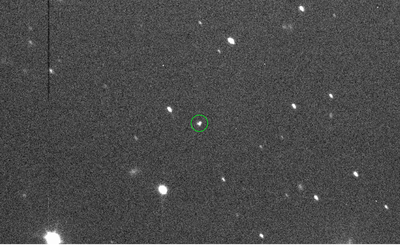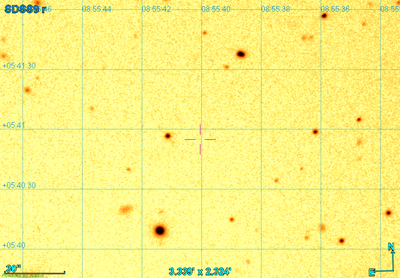A farewell to BepiColombo after the flyby with the Earth
One week ago, Friday 10 April, at 6:25 am Italian time, the European spacecraft BepiColombo approached the Earth, at a distance of only 12,677 km to perform a flyby maneuver with our Planet. A maneuver necessary to change the trajectory of the probe and which will allow it to reach its final goal in December 2025: Mercury.
The maneuver was successful and BepiColombo is now moving towards the inner Solar System. "Last Friday we would have liked to take a 'close-up' of BepiColombo, but it was not possible", explains Alessandro Spagna (INAF researcher at the Turin Observatory), "due to the closure of our telescopes in Chile where there were ideal conditions for observing the close passage”.
However, some beautiful images of the BepiColombo flyby were obtained by various amateur astronomers and published on the ESA website, together with a short and spectacular video of the Earth taken by the on board cameras.
“Right now BepiColombo is moving further away from Earth, becoming fainter day after day” adds Spagna. “Eventually, thanks to our collaborators of the Liverpool John Moores University, on Wednesdey evening April 15 we were able to get an image of the spacecraft, while it was crossing the constellation of Hydra at a distance of 2 million of km, equal to about 5 times the Earth-Moon distance”.
 |  |
|---|
The photograph reproduced here (left) was taken by the Liverpool Telescope, a fully robotic 2-meter diameter instrument installed on the Canary Island of La Palma. The observation was organized by Jon Marchant of the Astrophysics Research Institute, with an exposure time of 60 seconds. The width of this image is about 4 arcminutes; the weakest visible stars have a visual magnitude of 22, while the dot in the green circle is produced by the sunlight reflected by BepiColombo spacecraft, which is similar a star of magnitude 20. Next to it is shown the reference sky field from the Sloan Digital Sky Survey (SDSS).
INAF and the Astrophysics Research Institute are collaborating on various observational projects, coordinated by Richard Smart (INAF researcher at the Turin Observatory), including the monitoring the motion of the Gaia astrometric ESA satellite.
__________________
BepiColombo. This space mission was a collaboration between the European Space Agency (ESA) and the Japanese Space Agency (Jaxa). The BepiColombo mission consists of two probes, the European Mercury Planetary Orbiter (Mpo) and the Japanese Mercury Magnetospheric Orbiter (Mmo).
Italian industry has collaborated in the realization of the mission, in particular Leonardo and Thales Alenia Space (Thales-Leonardo), which was the main subcontractor of the satellite, built by Airbus Defense and Space as prime contractor.
The Italian Space Agency (ASI) has realized 4 of the 16 instruments and experiments on board the two orbiters, thanks to the contribution of the Italian scientific community, including researchers from the National Institute for Astrophysics (INAF) and a group from the University "La Sapienza” in Rome.
Other resources:




